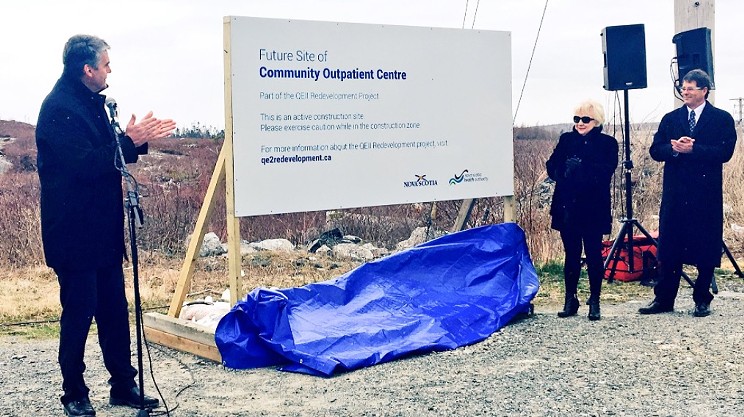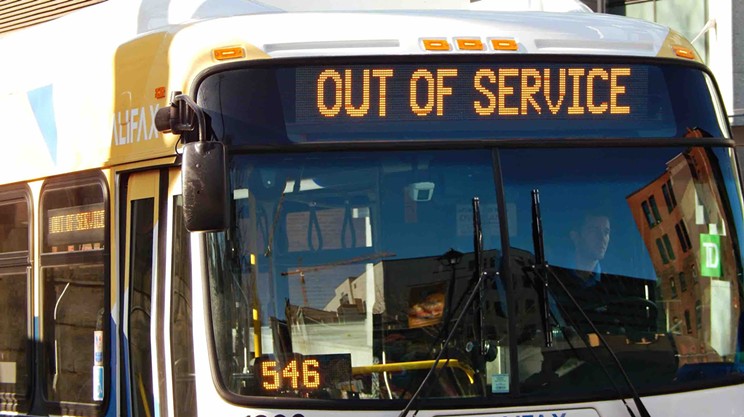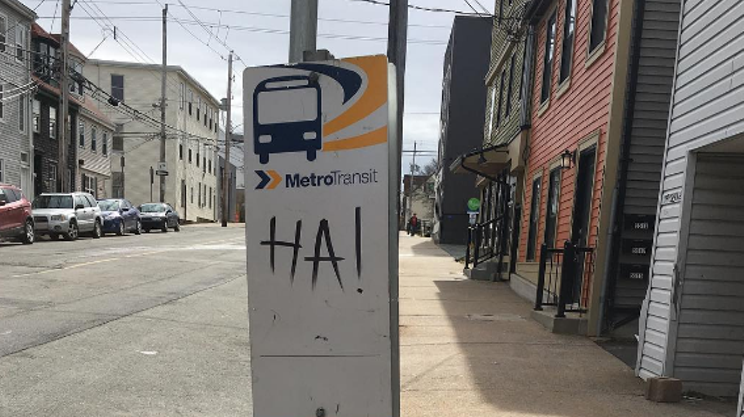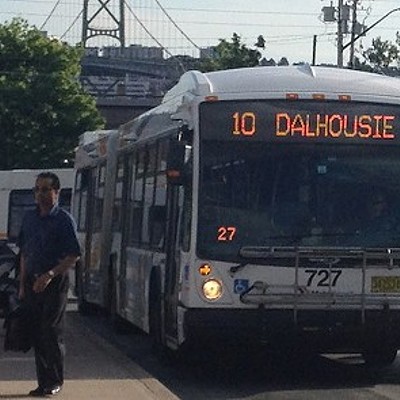Gottingen Street is one of Halifax’s busiest, most historic sections of road. Once stigmatized as unsafe and crime-filled, Gottingen is now in transition to a vibrant, dynamic and livable neighbourhood. A major component of that transition is how people move into, out of, and around the area. Where people can go and what places people can access fundamentally impacts how our streetscapes are designed. Without a consistent and reliable form of mobility—whether walking, biking, taking transit or driving—a person would not be able to go to school, go to work, go to the hospital or go to the grocery store. Gottingen is a perfect example of how guaranteeing people’s mobility can make our streets friendlier, more livable spaces.
Late this year, Gottingen Street will become one of the first sections of road in Halifax that will be officially designated as “Transit Priority” corridors. These corridors are exactly what they sound like—giving priority to transit over single-occupancy vehicles. But in order to understand the full impact of what Transit Priority on Gottingen means, we have to look at mobility as a whole.
The most basic form of mobility is walking. Walking—or rolling for those of us with mobility issues—is the easiest way to move from Point A to Point B. Anyone—no matter how old, young or what race or income level—can do it without special tools or machines. Closely
It is important to note that at some point, even transit users must revert back to walking. Whether getting on or getting off transit, all transit users must walk at some point. Therefore, to be effective, accessible transit must also be walkable. There are many other components of what is considered good transit. For example, in order for people to use transit, it also must be a good use of their time. Therefore, efficient transit will get someone to their destination faster than if they were to walk there. At the same time, transit must be frequent enough, so that if a person misses it, they can wait for the next one without having to wait. Therefore, abundant transit is frequent.
All of this means incorporating route design, streetscaping, shelters, walkability, access to business and residences into transit design, in addition to making sure that that the actual service is fast, frequent, and reliable and accessible.
For Gottingen Street, none of this has been determined yet. Halifax Regional Municipality is currently in the process of designing and planning what Gottingen Street will look like once Transit Priority is implemented. The focus of Transit Priority is clear. There will be fewer parking spaces, fewer single-occupancy vehicle lanes and less space for cars. Instead, we will see streets designed with mobility in mind.
However, we should be careful. Transit Priority on Gottingen can’t be just about moving Monday-Friday 9-5






















